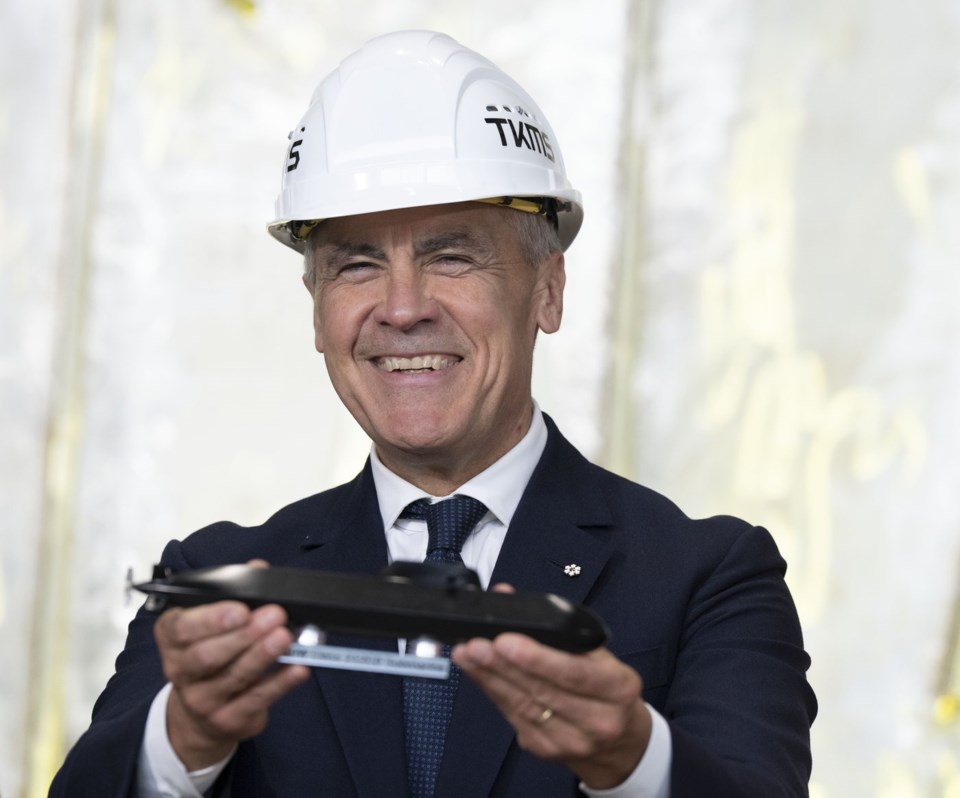Canada’s push to replace its deteriorating Victoria-class submarines is moving into a critical phase, with Ottawa confirming it has narrowed the competition to just two suppliers: South Korea’s Hanwha Oceans and Germany’s ThyssenKrupp Marine Systems (TKMS).
The multibillion-dollar project — one of Canada’s largest defence procurements in decades — aims to deliver the first new submarine by 2035, before the aging Victorias are retired. Prime Minister Mark Carney has emphasized the urgency, noting Canada currently has just one operational sub.
Why Canada needs new submarines
Canada purchased its four Victoria-class subs second-hand from the U.K. in the late 1990s. Now rapidly aging, they are expensive to maintain and increasingly unreliable. Retiring them without replacements would leave Canada unable to patrol its vast coastlines or maintain a credible Arctic presence — a growing concern as Russia expands military activity in the north and melting sea ice opens new routes.
At last year’s NATO summit in Washington, Ottawa signaled it was considering “up to 12” new submarines. While the government has not disclosed a final number, officials are now speaking more openly about acquiring a full fleet of 12 — a move that would push Canada past NATO’s 2% of GDP defence spending target.
The bidders
Hanwha Oceans is offering its KSS-III class submarines, powered by lithium-ion batteries and already in service with South Korea’s navy. The company is pitching speed: if awarded a contract in 2026, it says it could deliver four submarines by 2035 and additional vessels annually thereafter. Canada would be its first export customer.
Germany’s TKMS, meanwhile, is proposing the 212CD, a next-generation model powered by hydrogen fuel cells and diesel engines. It’s currently under construction for the German and Norwegian navies but has not yet entered service. TKMS stresses NATO interoperability, pointing out that many alliance members already operate its submarines. The company projects Canada could receive its first sub by 2034, followed by a second in 2037.
Canada’s requirements
Beyond speed and interoperability, Ottawa’s priorities are stealth, lethality, and Arctic capability. “In Canada, submarine means weeks under the sea ice, as well as in the Pacific,” Carney said this week in Berlin. “We need to be able to have year-round fleets on all three coasts under quite demanding conditions.”
Suppliers are also expected to deliver economic benefits at home. Hanwha has proposed establishing maintenance hubs on both coasts, while TKMS has pledged to involve Canada’s three major shipyards.
How much will it cost?
Ottawa has not disclosed an overall budget. Analysts expect the program could run into tens of billions of dollars depending on the final fleet size. The government is cautious about estimates after the F-35 jet procurement ballooned from $19 billion to $27.7 billion.
At one stage, Ottawa floated the idea of nuclear-powered submarines, but the idea was quickly abandoned. Such vessels are significantly more expensive and complex, and Canada lacks the domestic capacity to service them.
What happens next?
Negotiations with both firms will intensify this fall. Ottawa must decide whether to issue a formal request for proposal or move directly into contract talks. Vice-Admiral Angus Topshee, commander of the Royal Canadian Navy, has said a decision could come as soon as the end of 2025 if the process moves swiftly.
For now, the race is set between Germany and South Korea, as Canada weighs cost, capability, and speed to deliver a new fleet that will shape its naval power for decades.

